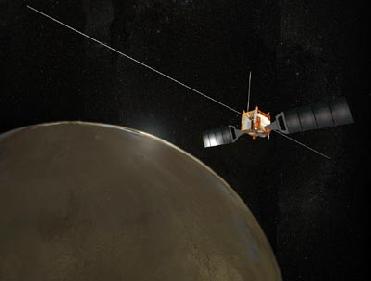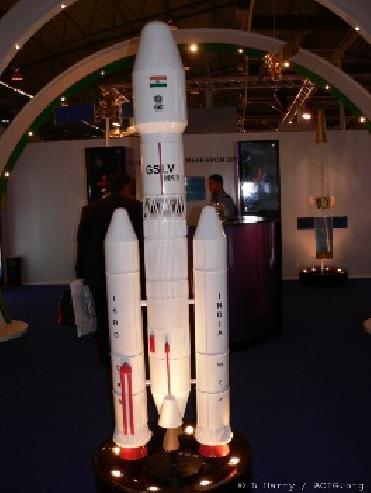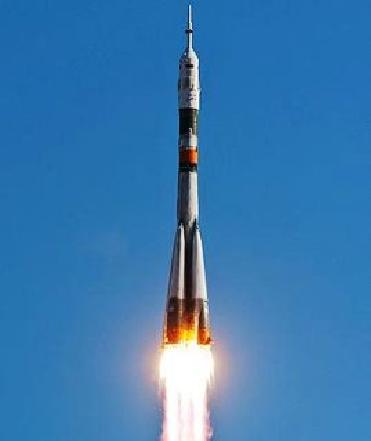
An artist rendering shows the Mars Express spacecraft. MARSIS is a subsurface radar sounder with a 40-meter (130-foot) antenna on the Mars Express orbiter. A NASA Photo.
LONDON (PTI): The technology NASA has used on Mars to find underground ice can be replicated to search hidden water sources in deserts on Earth, scientists at the US space agency have said, claiming this could also help prevent the world from conflicts over war.
The NASA technology, dubbed Marsis, consisted of a radar sounder with a 40-metre antenna fitted to an orbiter. In 2007, it discovered the desert that covers Mars sat on enough frozen water to submerge the Red Planet.
It was then able to bounce radio waves 3.7km beneath the surface of Mars.
The same radar technology should be used in the vast deserts of the Middle East and North Africa to search for hidden water, NASA scientist Essam Heggy told a UN conference recently, the Telegraph reported.
The technology, Dr Heggy told the UN water conference in Alexandria, Egypt, could detect water up more than half a mile beneath the dense deserts that cover much of the Middle East and North Africa.
"Water has no substitute. But still, we're not looking for it. Water is a resource, like any other resource. And we have seen conflicts over resources," he said, adding that the technology could eventually help ward off conflict.
The scientist also informed that scans taken by NASA showed an especially arid region of Darfur in Sudan sat on top of 6,000-year-old valleys and lakes.
"We (in the region) are best placed to use this technology," he told the UN Development Programme-sponsored conference this week.
He also pointed out that Middle Eastern countries, which include the world's largest oil exporters, spend more on oil discovery than any other region in the world.
They devote, however, the least amount of funds to water exploration, he added.
 Previous Article
Previous Article Next Article
Next Article











The Indian Air Force, in its flight trials evaluation report submitted before the Defence Ministry l..
view articleAn insight into the Medium Multi-Role Combat Aircraft competition...
view articleSky enthusiasts can now spot the International Space Station (ISS) commanded by Indian-American astr..
view article